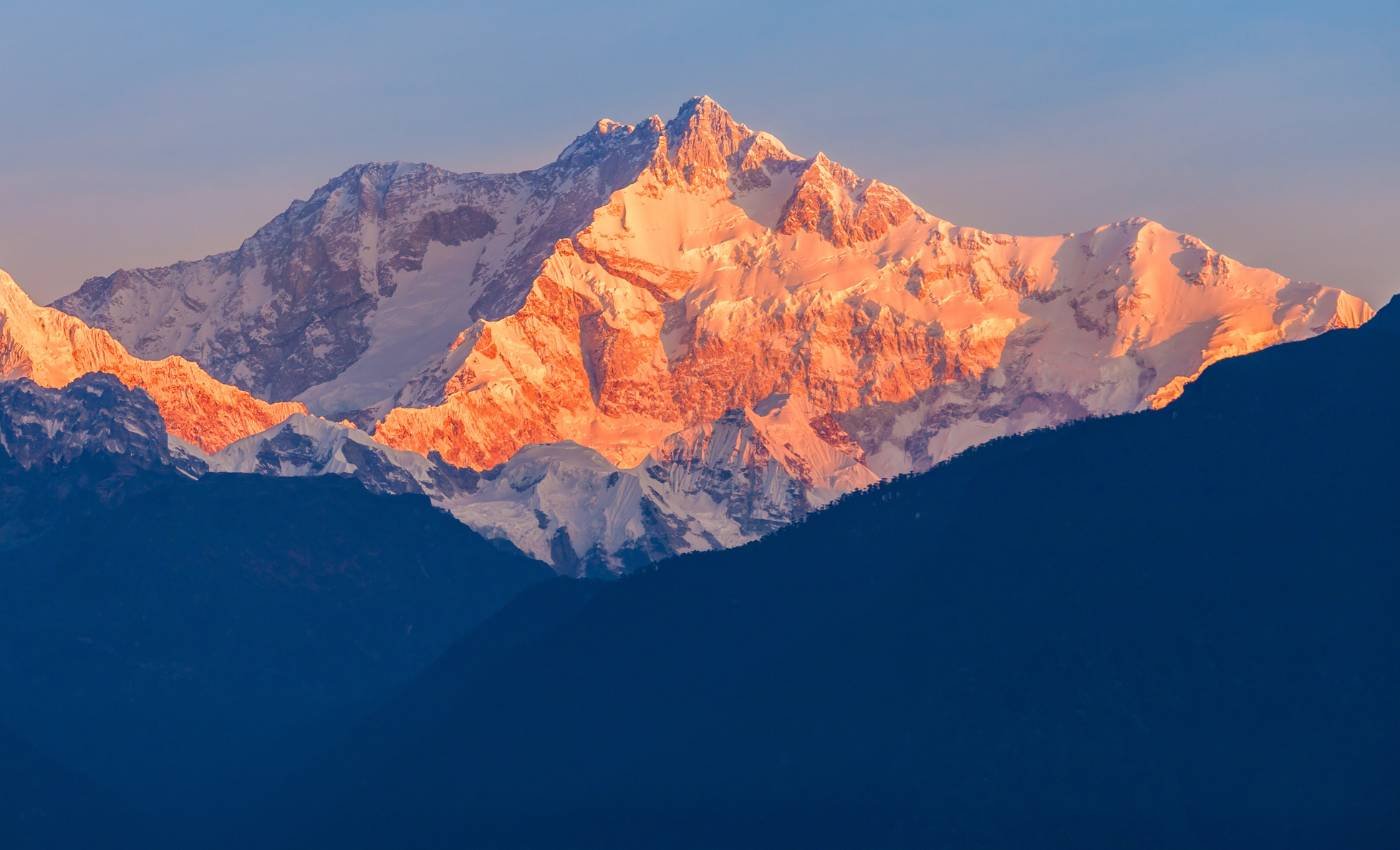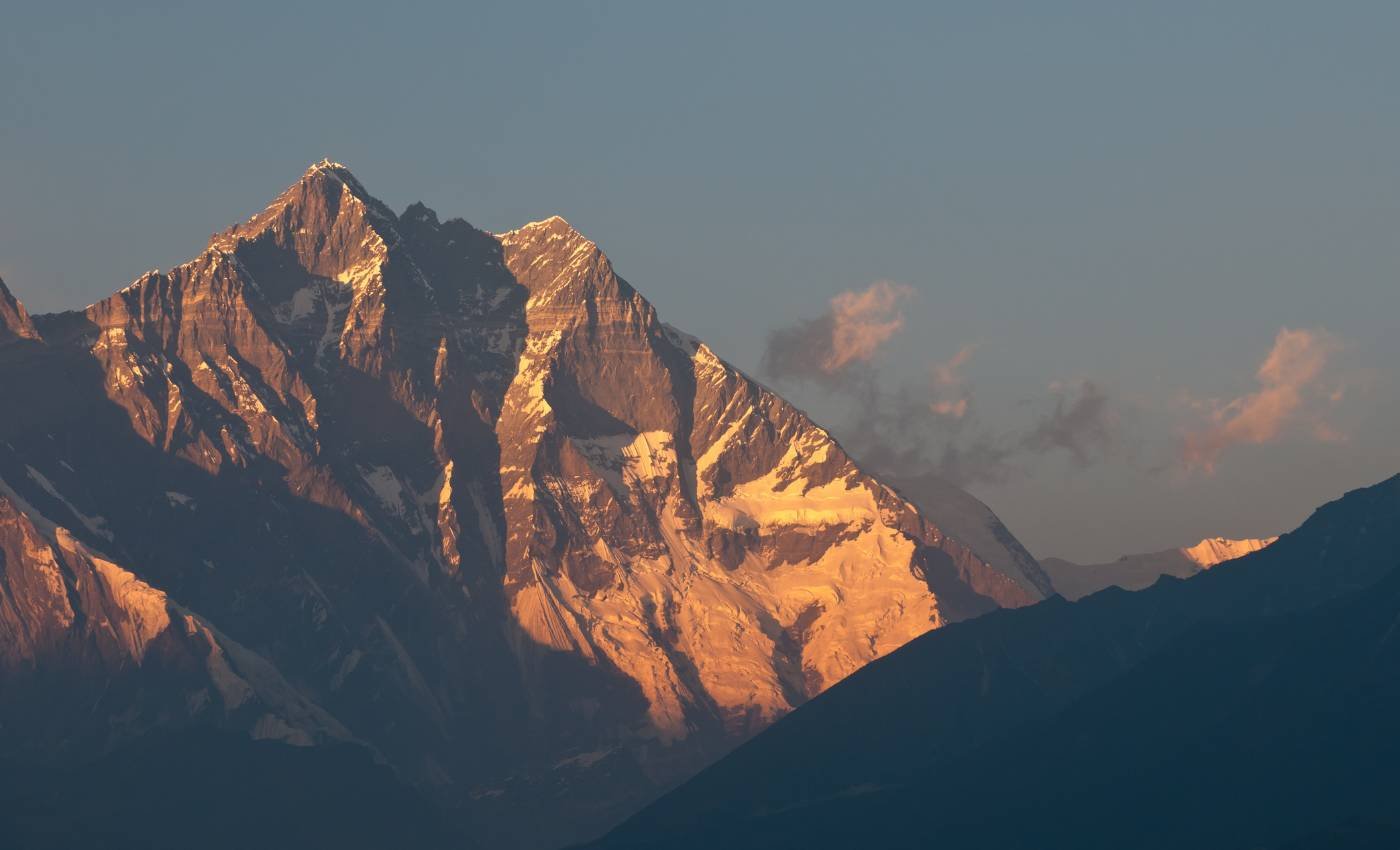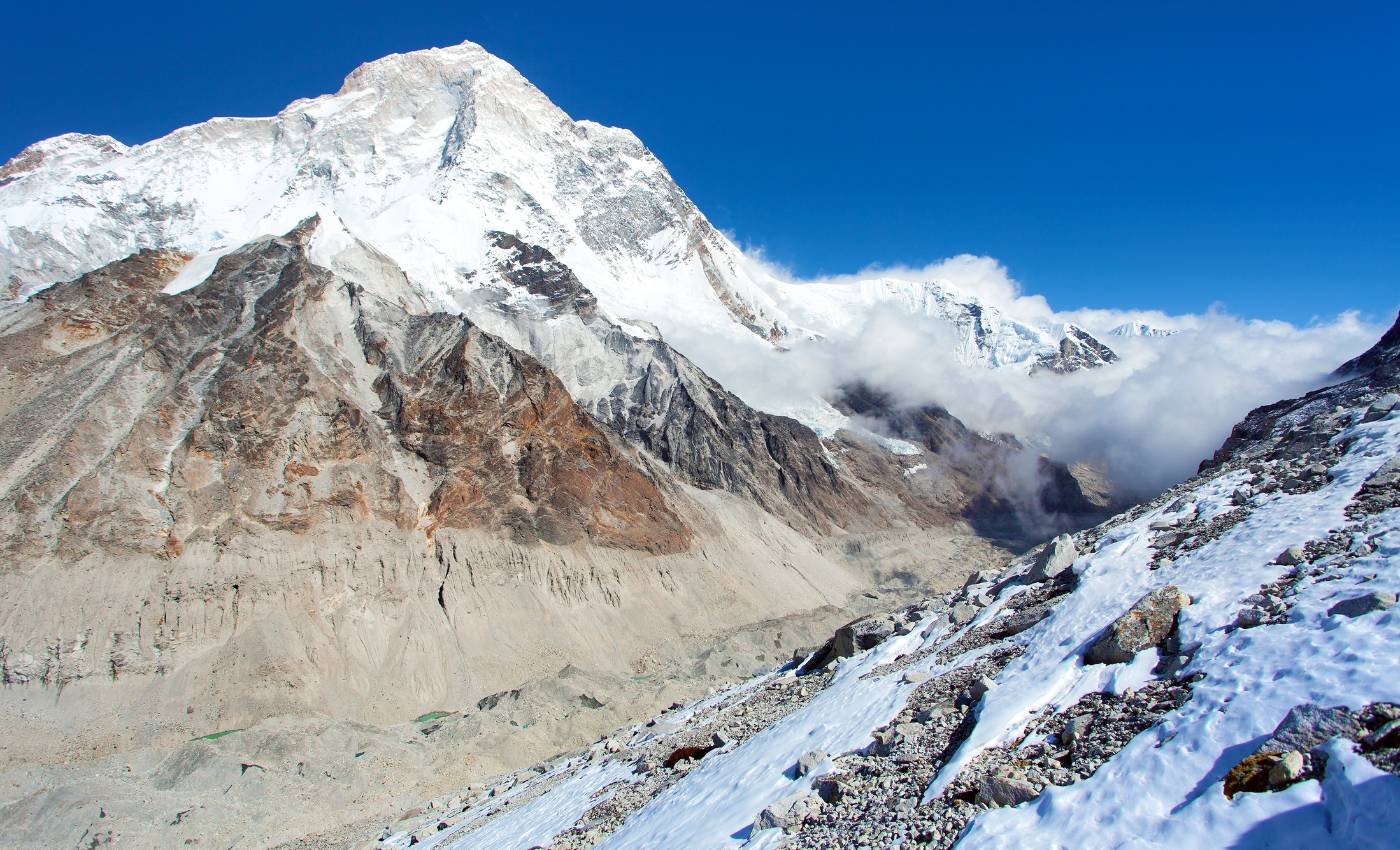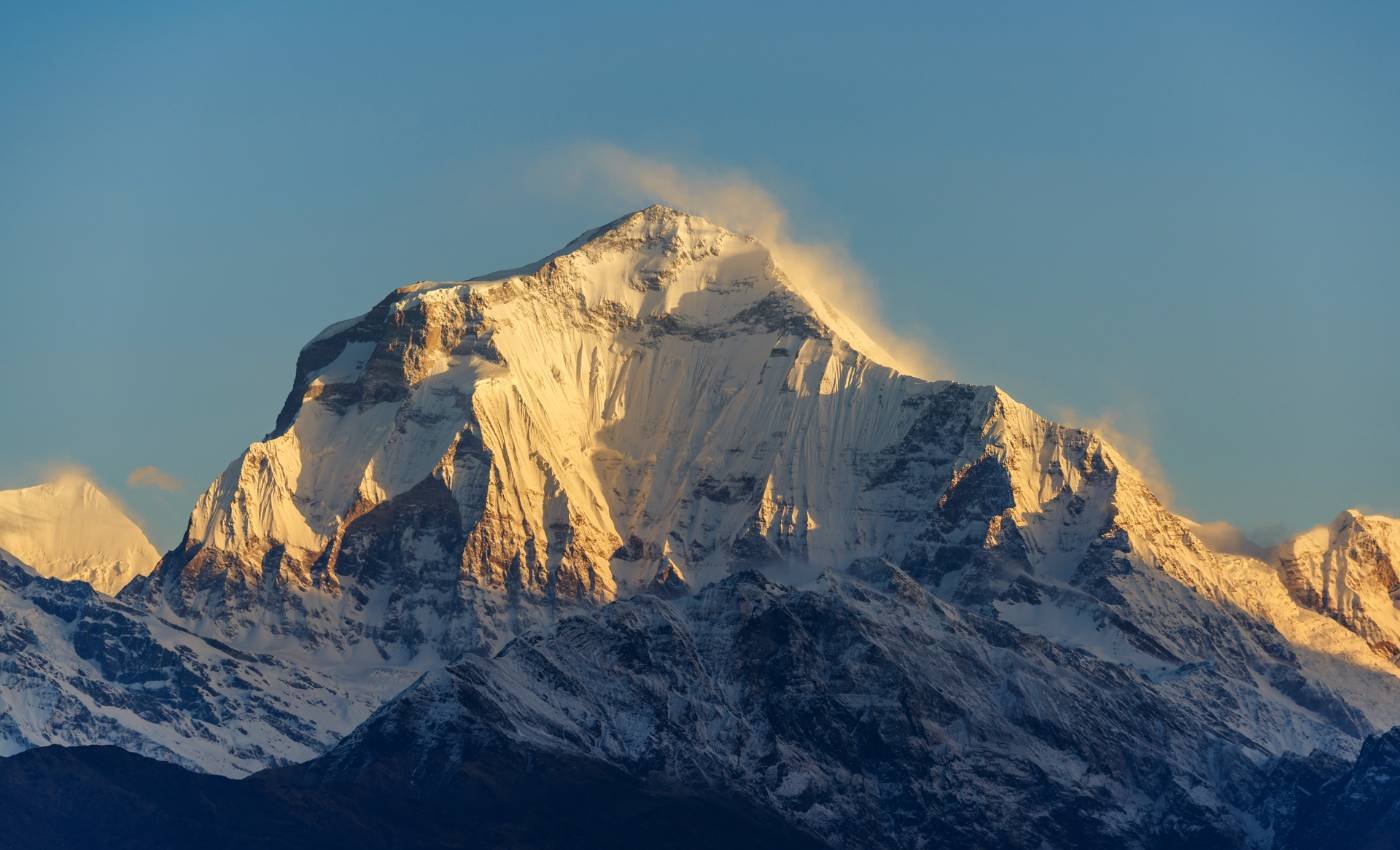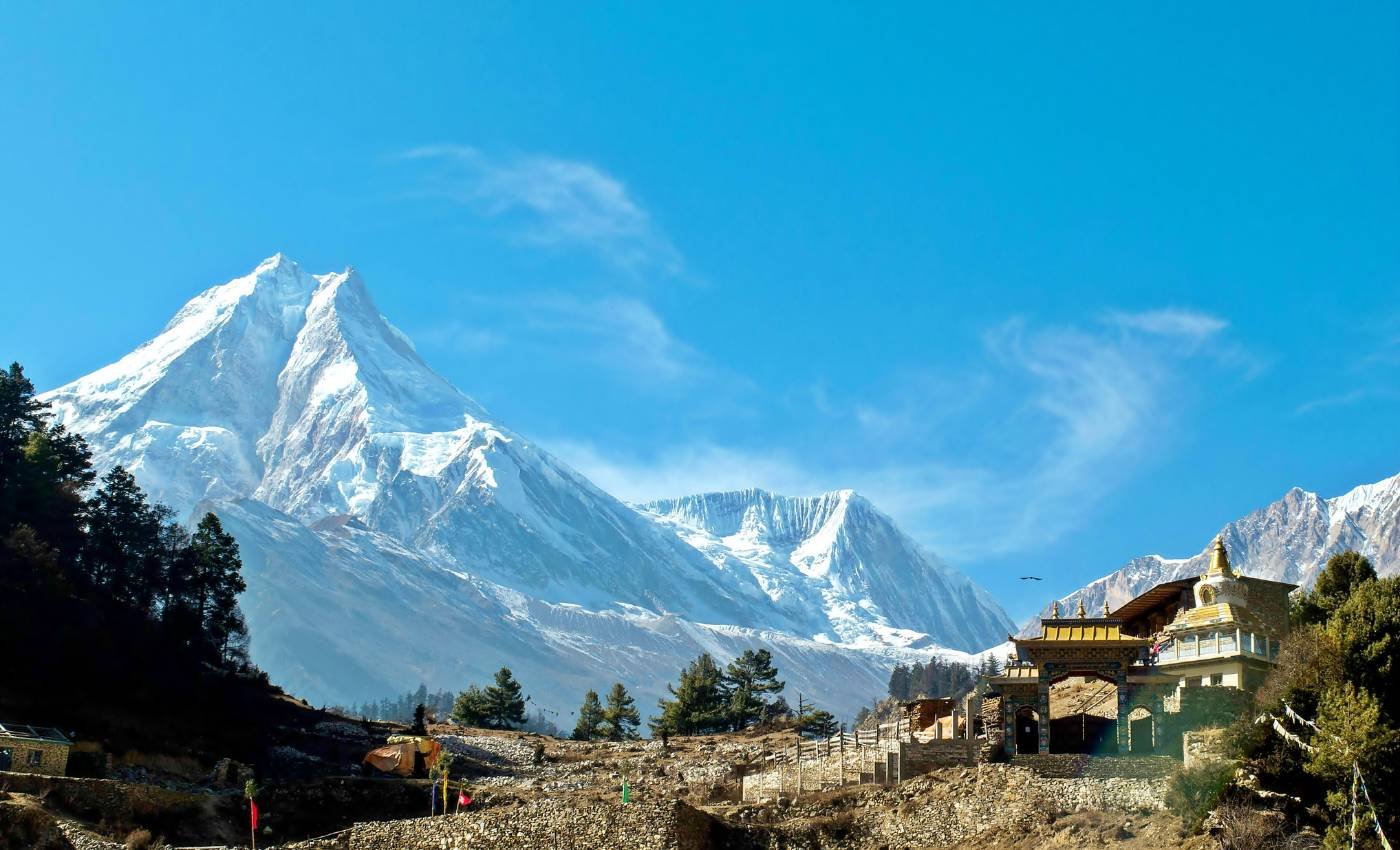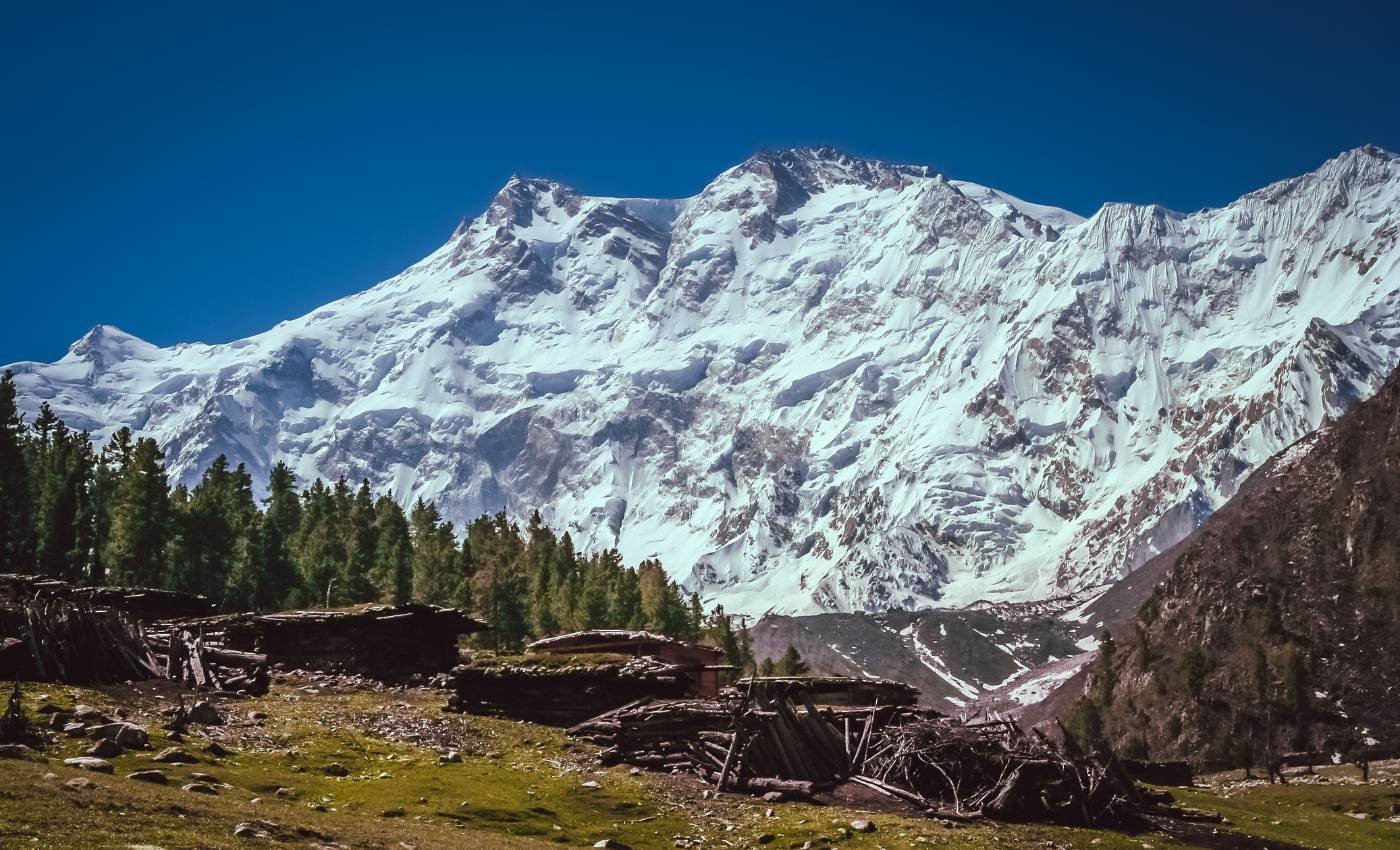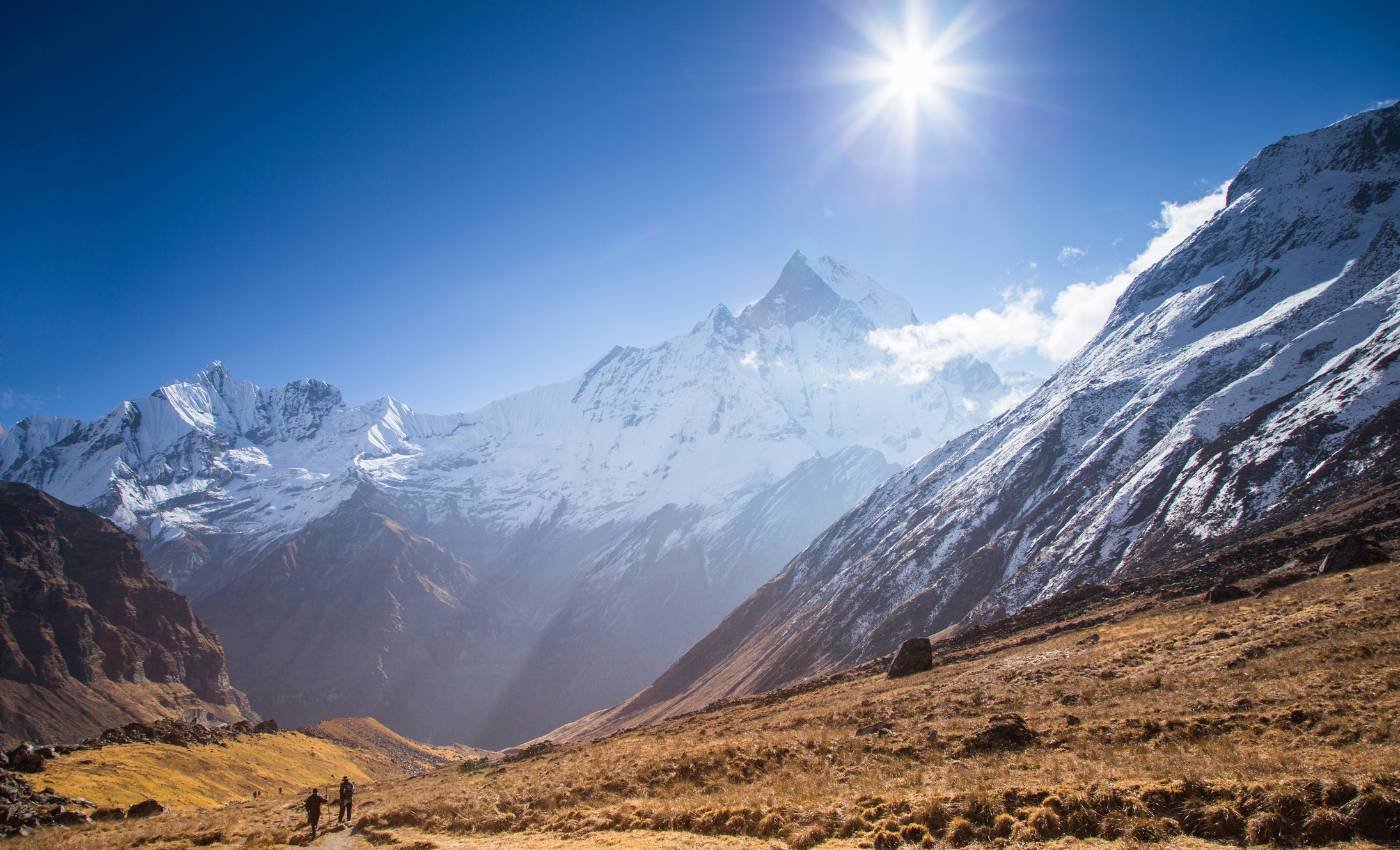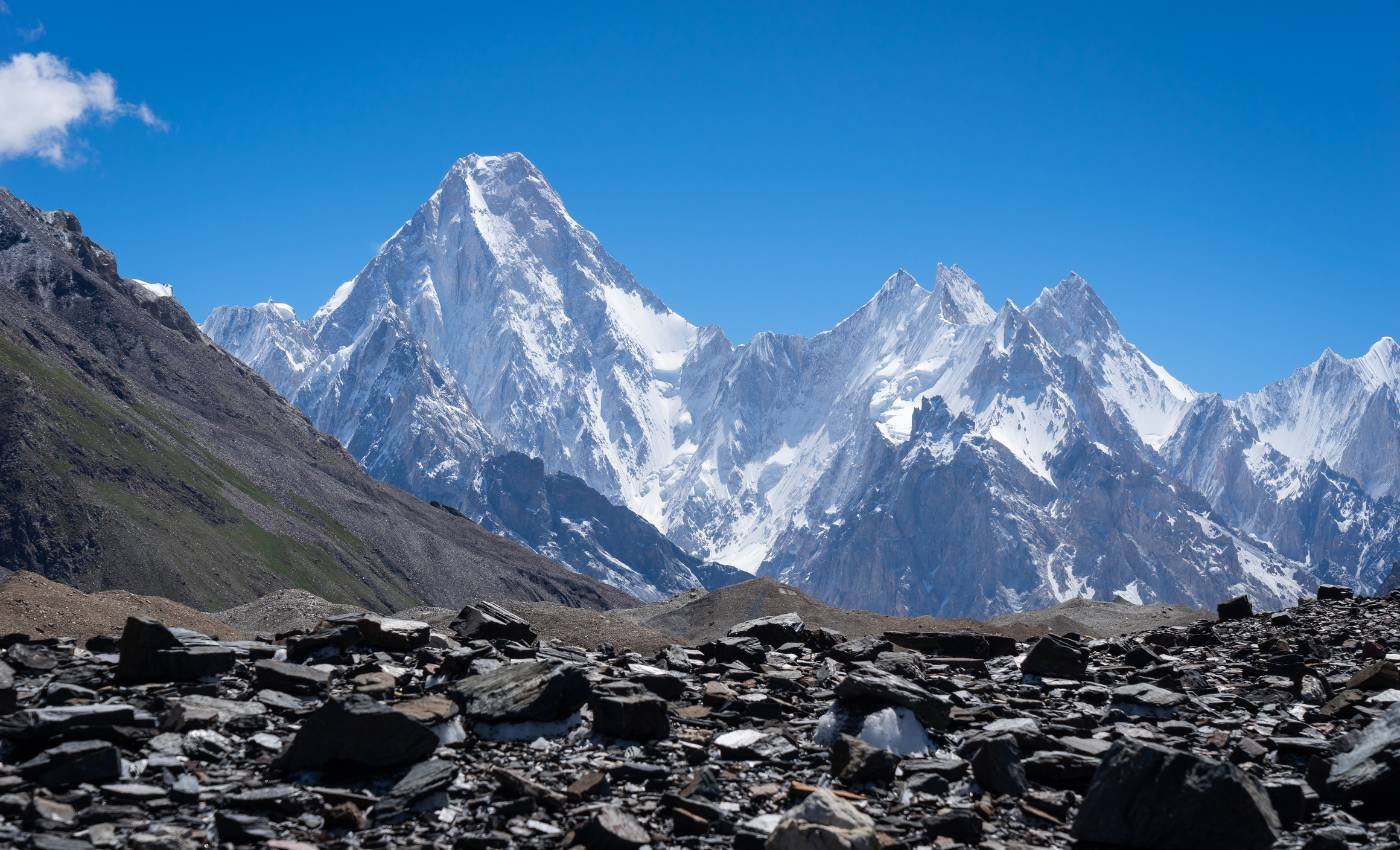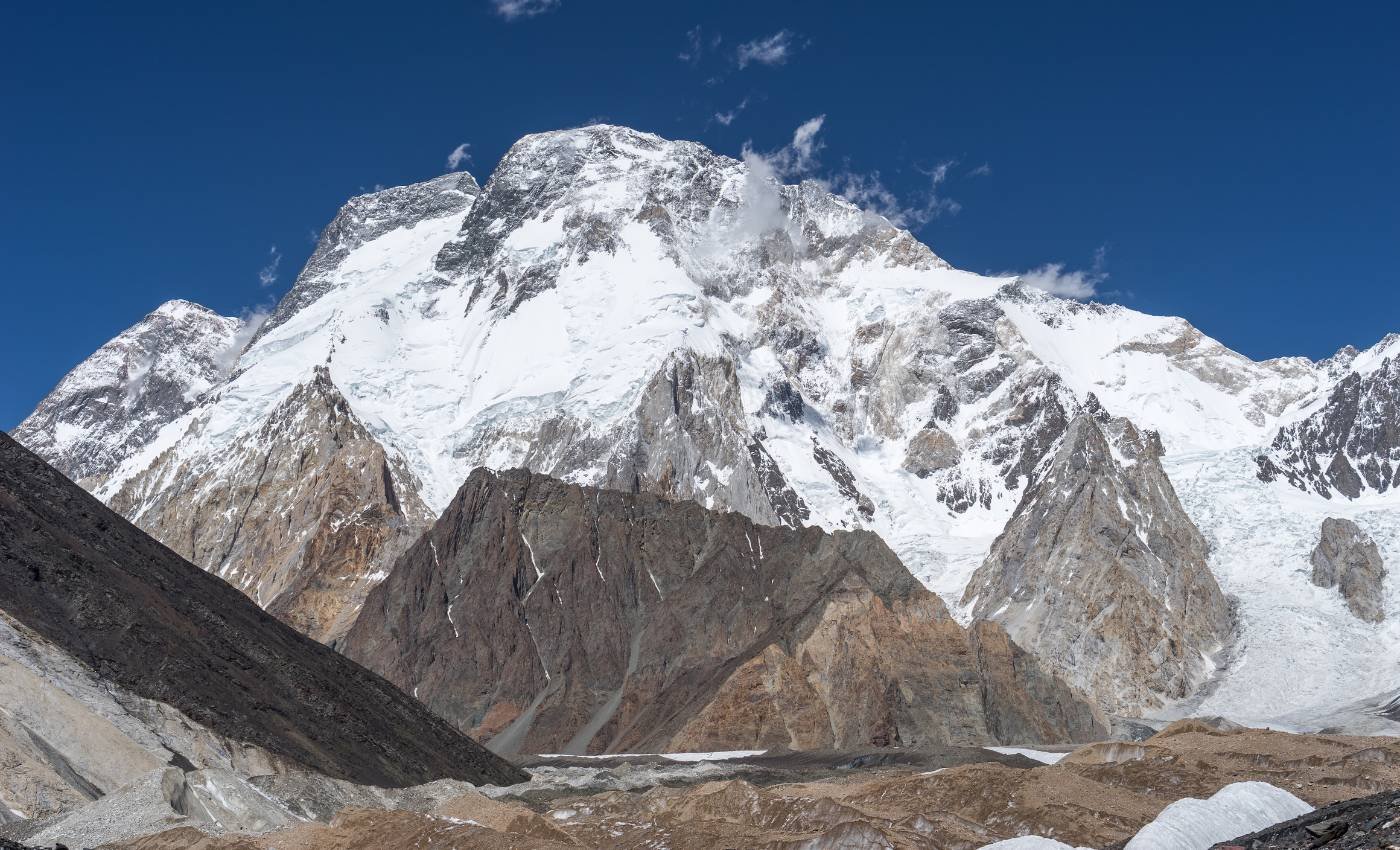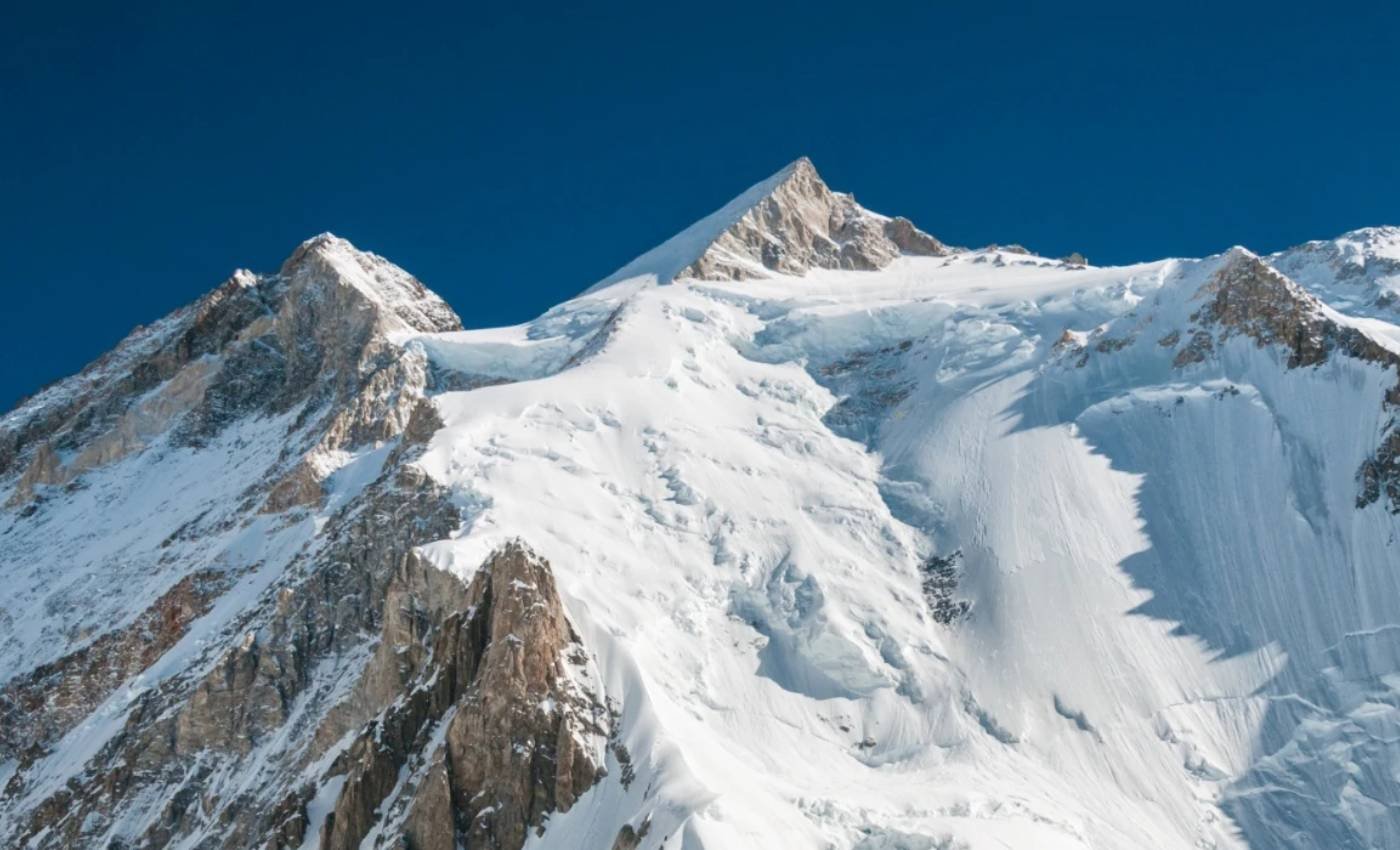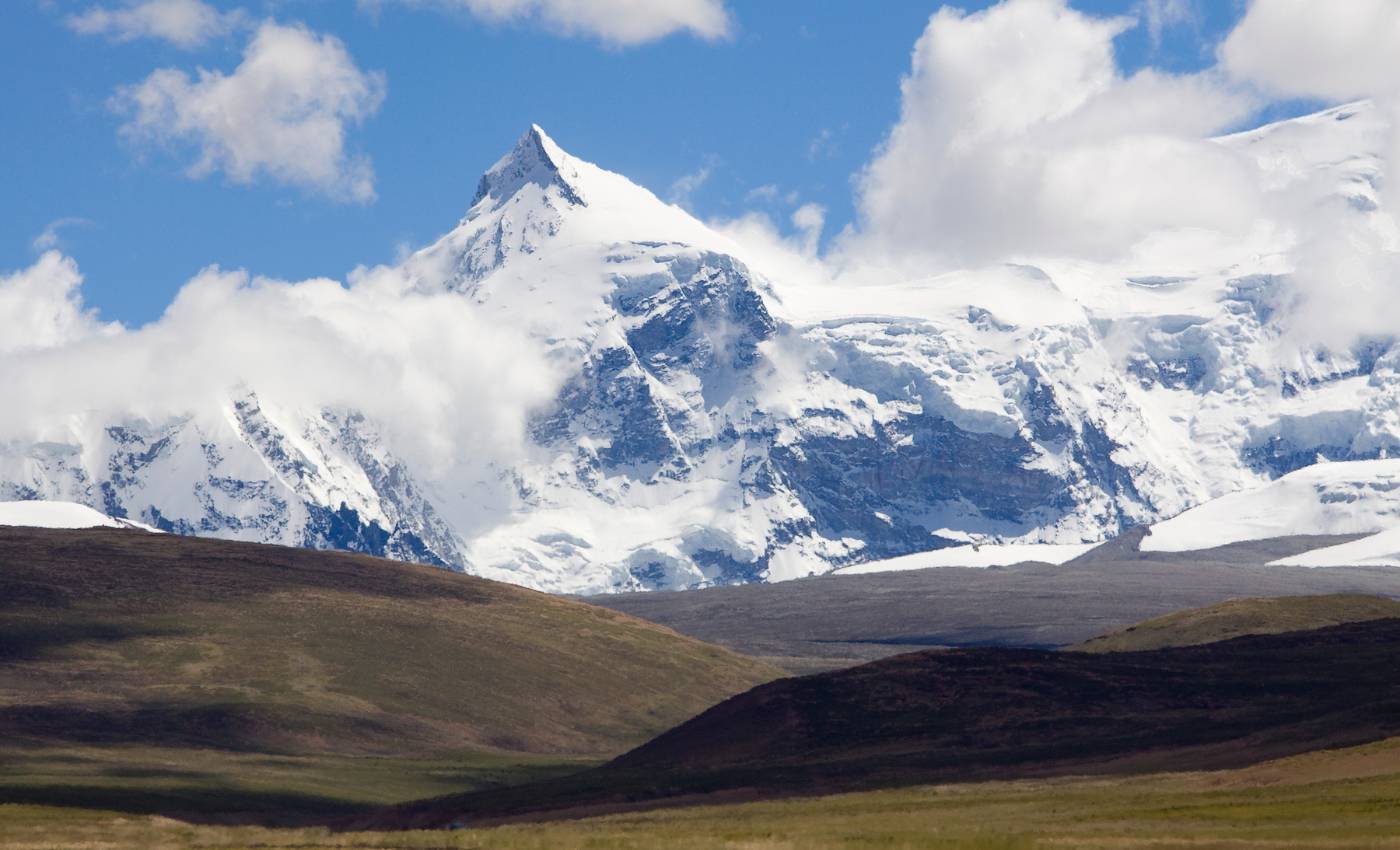The Top 14 Highest Mountains in the World
Constantly dreaming of standing on top of the world and conquering the worlds highest mountains?
The challenge of conquering these peaks has inspired generations of adventurers and mountaineers to push themselves to their limits in pursuit of greatness.
We're about to embark on a journey to discover the highest mountains on our planet - the mighty eight-thousanders. From the majestic peaks of the Himalayas to the rugged beauty of the Karakoram Range, these towering giants serve as both a testament to the power of nature and a source of inspiration for explorers and dreamers alike.
What is the Highest Mountain in the World?
That's a question with a single, resounding answer: the mighty Mount Everest.
Standing tall at an astounding height of 29,032 feet (8,848.86 meters) above sea level, Everest reigns supreme as Earth's tallest peak.
Located in the Himalayas, on the border between Nepal and Tibet, this majestic mountain is more than just a geological marvel; it's a symbol of human determination and the relentless pursuit of greatness.
Climbing Everest is a challenge like no other, testing the limits of physical endurance, mental fortitude, and sheer willpower. Yet, for those brave enough to undertake the journey, reaching the summit of Everest is an unparalleled achievement—an unforgettable moment of triumph amidst the clouds.
The Top 14 Highest Mountains in the World
Mount Everest
Height: 29,032 feet (8,848 meters)
Location: Nepal/Tibet
Mountain Range: Himalayas
Standing tall at the top of our list is the mighty Mount Everest, the crown jewel of the Himalayas and the tallest peak in the world. Its awe-inspiring summit has beckoned adventurers and climbers for generations, offering an unparalleled challenge and breathtaking views that will leave you speechless.
Nestled in the heart of the Himalayas, on the border of Nepal and Tibet, Everest's sheer magnitude and awe-inspiring beauty have captivated adventurers and explorers for centuries. Its treacherous slopes and unpredictable weather present a formidable challenge to those daring enough to attempt the climb, earning it the title of the ultimate mountaineering prize.
Yet, despite its dangers, Everest continues to beckon thrill-seekers from around the globe, drawing them closer to the heavens with each step they take.
K2 (Mount Godwin-Austen)
Height: 28,251 feet (8,611 meters)
Location: Pakistan/China
Mountain Range: Karakoram
Known as the ‘Savage Mountain’, K2 is renowned for its treacherous conditions and unforgiving terrain. Despite being slightly shorter than Everest, its sheer difficulty makes it one of the toughest mountains to climb in the world.
Its formidable reputation is well-earned, with steep, icy slopes and unpredictable weather conditions that have thwarted many climbers' attempts to reach its summit. K2 actually has the second-highest fatality rate per summit attempt out of all the mountains over 8000 meters, with around 300 successful summits and 77 deaths. Yet, its allure remains irresistible to adventurers seeking the ultimate challenge.
Kangchenjunga
Height: 28,169 feet (8,586 meters)
Location: Nepal/India
Mountain Range: Himalayas
Chances are this is the first time you’ve ever heard of Kanchenjunga, right? Nestled in the heart of the Himalayas, Kangchenjunga boasts not just one, but five distinct peaks, each offering its own unique challenge to climbers. Kangchenjunga can be found between Nepal and Sikkim in India - making it India’s tallest peak. Its name translates to "Five Treasures of Snow," reflecting the mountain's mystical allure and spiritual significance.
Did you know? Due to a miscalculation, Kangchenjunga was thought to be the highest mountain in the world until 1852.
Lhotse
Height: 27,940 feet (8,516 meters)
Location: Nepal/Tibet
Mountain Range: Himalayas
Lhotse, the world's fourth highest peak at 27,940 feet, is often overshadowed by its towering neighbor, Everest. Yet, its distinct beauty and challenging routes make it a sought-after destination for experienced climbers. Located in the Himalayas, Lhotse's steep faces and icy slopes pose a formidable test of skill and endurance, attracting adventurers hungry for adventure.
Makalu
Height: 27,838 feet (8,485 metres)
Location: Nepal/Tibet
Mountain Range: Himalayas
As the fifth highest mountain in the world, Makalu boasts a striking pyramid-shaped summit that commands attention from miles around. First summited by a French expedition led by Jean Franco in 1955, it gained notoriety when ten members of the team successfully reached the peak—a remarkable feat.
Its remote location and technical climbing routes continue to challenge mountaineers, offering a truly exhilarating experience for those brave enough to attempt its ascent.
Cho Oyu
Height: 26,864 feet (8,188 metres)
Location: Nepal/Tibet
Mountain Range: Himalayas
Cho Oyu, affectionately known as the "Turquoise Goddess," rises gracefully to 26,864 feet along the Nepal-Tibet border, making it the sixth highest mountain in the world. Its comparatively gentle slopes and stunning vistas make it a popular choice for climbers seeking to test their skills at extreme altitudes without the same level of technical difficulty as other peaks.
First conquered in 1954 by an Austrian expedition led by Herbert Tichy, Cho Oyu's allure lies in its accessibility and relatively safer climbing conditions, attracting adventurers eager to experience the thrill of high-altitude mountaineering. Despite its challenges, Cho Oyu rewards climbers with unparalleled views of the surrounding Himalayan landscape, offering a truly unforgettable experience for those bold enough to brave its slopes.
Dhaulagiri
Height: 26,795 feet (8,167 metres)
Location: Nepal
Mountain Range: Himalayas
Dhaulagiri, towering at 26,795 feet in Nepal, is aptly named the "White Mountain" for its snow-covered slopes. It’s often referred to as one of the most beautiful mountains in the world and can be seen in all it’s beauty from the popular Annapurna Circuit.
First conquered in 1960 by a Swiss-Austrian expedition led by Max Eiselin, its challenging terrain and unpredictable weather conditions make it a formidable opponent for climbers. Despite its risks, Dhaulagiri's pristine beauty and remote location continue to attract adventurers seeking the ultimate mountaineering challenge.
Manaslu
Height: 26,781 feet (8,163 metres)
Location: Nepal
Mountain Range: Himalayas
Manaslu, known as the "Mountain of the Spirit," stands tall at 26,781 feet in Nepal. Its remote and pristine climbing experience offers a stark contrast to the crowded routes of Everest.
First summited in 1956 by a Japanese expedition led by Toshio Imanishi, Manaslu's rugged terrain and unpredictable weather conditions present a formidable challenge to climbers, yet its breathtaking vistas and spiritual significance continue to draw adventurers from around the globe.
Nanga Parbat
Height: 26,660 feet (8,126 metres)
Location: Pakistan
Mountain Range: Himalayas
Nanga Parbat, Pakistan's "Killer Mountain," looms ominously at 26,660 feet in the western Himalayas. First conquered in 1953 by an Austrian-German expedition led by Hermann Buhl, its treacherous slopes and high fatality rate have earned it a fearsome reputation.
Despite its dangers, Nanga Parbat's breathtaking beauty continues to captivate climbers, offering a tantalising challenge for those brave enough to attempt its ascent.
Annapurna I
Height: 26,545 feet (8,091 metres)
Location: Nepal
Mountain Range: Himalayas
Annapurna, the first eight-thousander ever climbed, rises majestically to 26,545 feet in Nepal. Its dramatic landscapes and diverse ecosystems make it a popular destination for trekking enthusiasts and climbers alike.
Despite being the 10th highest mountain in the world, Annapurna I has the highest fatality rate compared to the other peaks previously mentioned. In fact, a staggering 32% of summit attempts end in fatality.
First summited in 1950 by a French expedition led by Maurice Herzog, Annapurna's challenging terrain and unpredictable weather conditions present a formidable test of skill and endurance for climbers. Yet, its stunning beauty and cultural significance continue to attract adventurers seeking the thrill of high-altitude mountaineering.
Gasherbrum I (Hidden Peak)
Height: 26,509 feet (8,080 metres)
Location: Pakistan/China
Mountain Range: Karakoram
Gasherbrum I, also known as Hidden Peak, stands proudly at 26,509 feet in the Karakoram Range, straddling the border between Pakistan and China. First climbed in 1958 by an American expedition led by Nicholas Clinch, Gasherbrum I offers a remote and rugged climbing experience amidst some of the most spectacular scenery on Earth.
Its challenging routes and extreme altitude make it a formidable adversary for even the most experienced climbers, yet its breathtaking beauty and pristine wilderness continue to draw adventurers seeking the ultimate mountaineering challenge.
Broad Peak
Height: 26,414 feet (8,051 metres)
Location: Pakistan/China
Mountain Range: Karakoram
Broad Peak, aptly named for its wide summit ridge, rises to 26,414 feet in the Karakoram Range.
First conquered in 1957 by an Austrian expedition led by Marcus Schmuck, Broad Peak offers climbers a relatively straightforward ascent compared to other peaks in the region. Yet, its remote location and unpredictable weather conditions make it a formidable challenge, attracting adventurers eager to test their skills at extreme altitude.
Gasherbrum II
Height: 26,362 feet (8,035 metres)
Location: Pakistan/China
Mountain Range: Karakoram
Gasherbrum II, standing at 26,362 feet in the Karakoram Range, offers climbers a similarly challenging experience to its sister peak, Gasherbrum I. First summited in 1956 by an Austrian expedition led by Fritz Moravec, Gasherbrum II's remote location and technical climbing routes make it a true test of skill and endurance. Yet, its stunning beauty and pristine wilderness continue to captivate climbers, offering a truly unforgettable experience amidst the rugged beauty of the Karakoram Range.
Shishapangma
Height: 26,335 feet (8,027 metres)
Location: Tibet
Mountain Range: Himalayas
And to finish off our list of tallest mountains in the world, is Shishapangma. The youngest and smallest of the fourteen eight-thousanders stands at 26,335 feet in Tibet. First summited in 1964 by a Chinese expedition led by Xu Jing, Shishapangma's remote location and challenging climbing routes make it a worthy adversary for even the most experienced mountaineers.
Yet, its stunning beauty and spiritual significance continue to draw adventurers seeking the thrill of high-altitude mountaineering amidst the breathtaking landscapes of the Himalayas.
What is a Mountain?
Now that we've explored the tallest peaks on Earth, you might be wondering: what exactly qualifies as a mountain? Well, the answer isn't as straightforward as you might think. While we often associate mountains with towering peaks and rugged terrain, the classification of a mountain is actually based on elevation and prominence.
According to the oxford dictionary a Mountain is “a very high hill, often with rocks near the top”. In general, a mountain is defined by geologists as any landform that rises at least 1,000 feet above its surrounding area. This criteria encompasses a wide range of geological features, from towering peaks like Everest to smaller hills and ridges scattered across the world.
However, it's important to note that the classification of a mountain can vary depending on the context and location. In some regions, a hill may be considered a mountain due to its relative elevation compared to the surrounding terrain, while in other areas, only the tallest peaks are designated as mountains.
Here in the UK, we generally accept a mountain to be any peak with a height of at least 610 metres (2000ft) above sea level.
Ultimately, whether a landform is classified as a mountain or not is largely subjective and dependent on cultural, geological, and environmental factors. But one thing's for sure - no matter how you define them, mountains are undeniably awe-inspiring symbols of the raw power and beauty of nature.
The Eight-Thousanders
The Eight-Thousanders represent a prestigious group of 14 mountain peaks scattered across the globe, each soaring to heights above 8,000 meters (26,247 feet) above sea level. These majestic giants, known for their extreme altitudes and formidable challenges, have captured the imagination of adventurers and mountaineers for decades.
Conquering all of the Eight-Thousanders is considered the ultimate mountaineering achievement, requiring unparalleled skill, endurance, and determination. Only a select few climbers have managed to summit all 14 peaks, a feat known as completing the "Eight-Thousanders Club."
Among them is Reinhold Messner, the legendary Italian mountaineer who completed the first solo ascent of Mount Everest without supplemental oxygen and went on to become the first person to climb all 14 Eight-Thousanders. His groundbreaking accomplishments solidified his status as one of the greatest mountaineers of all time.
Another notable figure in the Eight-Thousanders Club is Jerzy Kukuczka, a Polish climber who completed all 14 ascents in just 7 years and 11 months, setting a record for the fastest time to climb all Eight-Thousanders that still stands today.
Other notable climbers who have joined the ranks of the Eight-Thousanders Club include Ed Viesturs, the first American to summit all 14 peaks without supplemental oxygen, and Oh Eun-sun, the first woman to achieve this incredible feat.
Each Eight-Thousander presents its own unique set of challenges, from treacherous terrain and extreme weather to altitude sickness and technical difficulties. Climbers must possess not only physical strength and technical skill but also mental fortitude and strategic planning to safely navigate these daunting peaks.
The Seven Summits
Now that we've covered the highest mountains in the world, let's shift our focus to a different kind of mountaineering challenge: the Seven Summits.
This ultimate mountaineering challenge involves climbing the highest peak on each of the seven continents, presenting a unique set of challenges and rewards for those brave enough to attempt it.
The Seven Summits are
Mount Everest (Asia) - Height: 29,032 feet (8,848.86 meters)
Aconcagua (South America) - Height: 22,841 feet (6,959 meters)
Denali (North America) - Height: 20,310 feet (6,190 meters)
Kilimanjaro (Africa) - Height: 19,341 feet (5,895 meters)
Mount Elbrus (Europe) - Height: 18,510 feet (5,642 meters)
Vinson Massif (Antarctica) - Height: 16,050 feet (4,892 meters)
Puncak Jaya (Oceania), also known as Carstensz Pyramid or Mount Wilhelm - Height: 16,024 feet (4,884 meters)
From the towering heights of Mount Everest in Asia to the icy slopes of Vinson Massif in Antarctica, the Seven Summits offer a diverse array of landscapes and challenges for climbers seeking to test their skills and push their limits to the extreme.
Conquering all seven summits is a monumental achievement, requiring not only physical strength and technical proficiency but also meticulous planning, unwavering determination, and a deep respect for the power of nature.
So, there you have it - the highest mountains in the world standing tall and proud.
From the majestic peaks of the Himalayas to the rugged beauty of the Karakoram Range, these iconic mountains will always be a source of inspiration for explorers and dreamers alike.
Looking for a mountain gift to fuel your wanderlust? Head over to the My Mountains and Me Etsy Store for hiking quotes, mountain prints or adventure inspired gifts.




